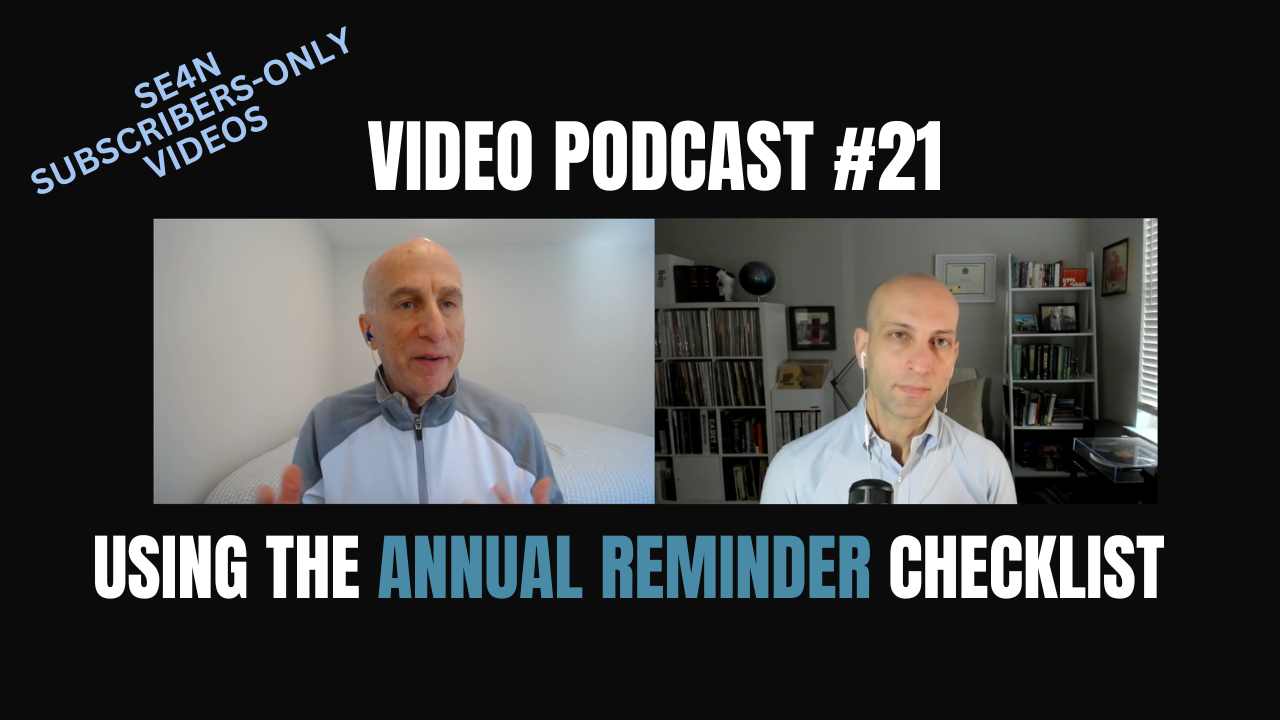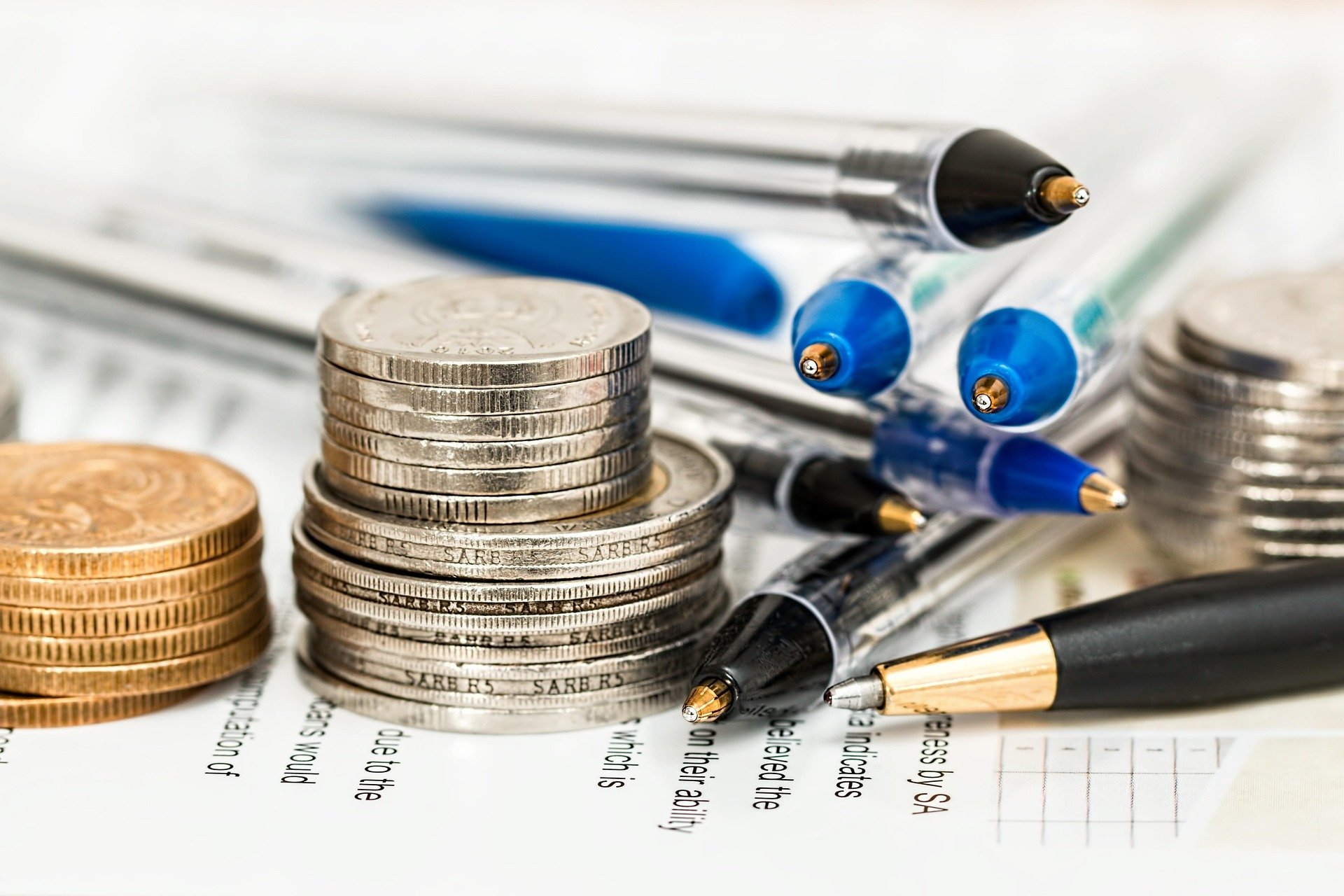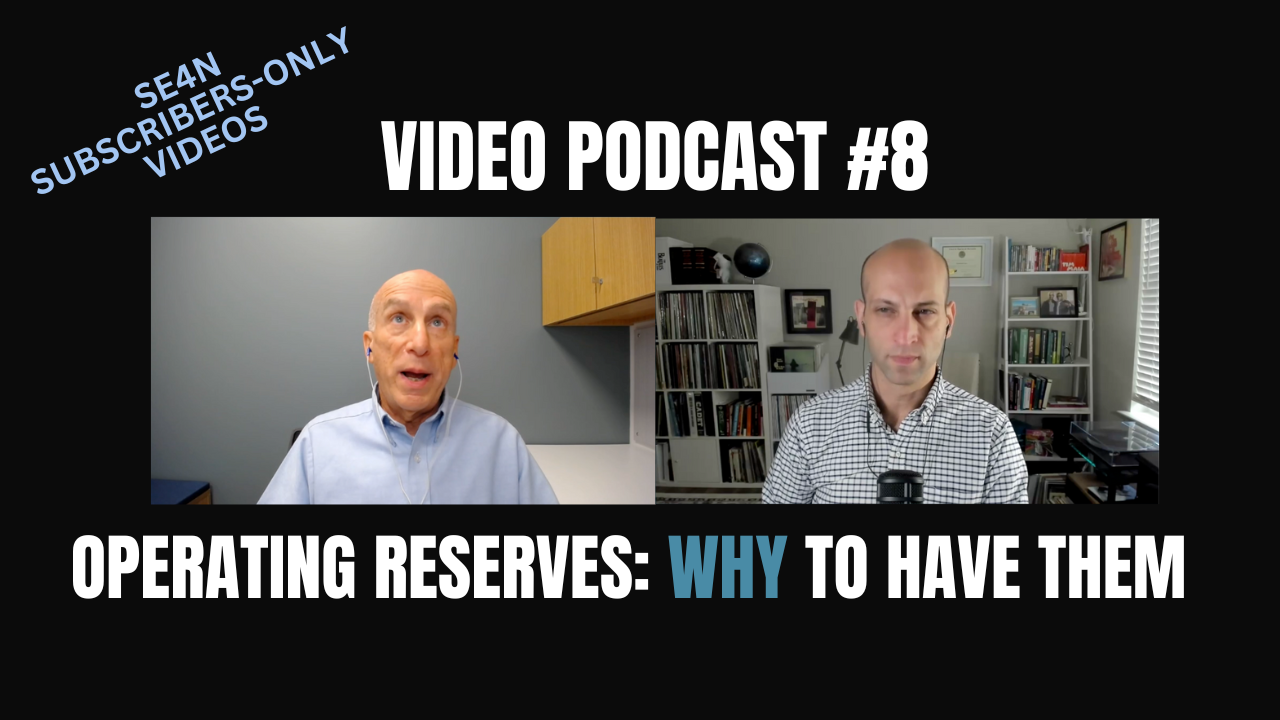
Blog.
Most Recent Posts

Video Podcast: Using the Nonprofit Management Annual Reminder Checklist
Ben and Mike discuss the areas covered by SE4N’s Nonprofit Management Annual Reminder Checklist, how this checklists compares with and complements other management tools and resources, assigning responsibility for using the checklist each year, and more.

Using Checklists to Avoid Nonprofit Management Missteps
Nonprofit organizations have many operational, administrative, and programmatic details to review and evaluate on a regular basis. Some of these details are minor (small but easy to miss) and some are major (large, complex, and extremely important). Missing any one of these details can be a potential tripping hazard and an opportunity to evaluate, make changes, and plan for improvements. Developing and implementing simple management tools like a reminder checklist will enhance review and evaluation processes with little effort.

CHECKLIST: Nonprofit Management Annual Reminder Checklist
This checklist is intended to remind nonprofit Executive Directors, CEOs, CFOs, COOs, and other managers, officers, and Board / committee members to regularly evaluate, renew, and update documents, activities, policies, and practices to better meet the organization's changing needs. The document is organized by key fiscal, financial, governance, and operational areas, including Funding, Administration, Human Resources, Professional Services, Financial Reporting, Financial Policies & Procedures, and Governance.

Video Podcast: Using Funding Pipeline Reports to Navigate Financial Disruptions
Ben and Mike discuss the challenges of planning in a period of financial instability and how funding pipeline reports can help nonprofit organizations document real-time information affecting funding plans, provide a framework for assessing the reliability of future funding sources, fill in gaps not covered by financial reports, and more.

Adding Spending Provisions to an Operating Reserve Policy
Virtually all nonprofit organizations aspire to accumulate operating reserves to help bridge short-term disruptions and funding gaps and to provide working capital for the future. What most people do not think about is how these operating reserves could be used or spent when the need arises. Misunderstandings can be avoided by making sure your organization’s operating reserve policy has provisions for the future allowable use (spending) of operating reserves.

VIDEO Q&A for Subscribers: May 2025
Ben and Mike answer questions from subscribers about the role of legal counsel in leading updates to an organization’s employee handbook, the best time to start planning for the end of an office lease, transitioning from fiscal sponsorship to becoming an independent 501(c)(3) nonprofit organization, and whether it’s a good idea to promote a staff bookkeeper or accountant to controller, director of finance, or CFO.

VIDEO Q&A for Subscribers: April 2025
Ben and Mike answer questions from subscribers about the potential consequences of having 501(c)(3) tax-exempt status revoked, whether a mid-year amendment to the budget should be made if an organization’s federal grants have been terminated, tax forms and disclosures required when hiring foreign contractors, and what to do when a project must be stopped in the middle of a capital campaign.

How to Prepare Your Nonprofit for a Bank Loan or Line of Credit
Nonprofit organizations often come up empty-handed and frustrated when their attempts to borrow funds or establish a line of credit from a bank hit multiple roadblocks. This can lead to delays and, at worst, being denied or outright blocked from starting the application process. Using a business-like approach to planning and having regular meetings with your bank representative is the best way to avoid these outcomes.

Funding Pipeline Reports Are Essential in a Changing World
Predicting the unpredictable is becoming more of a mandatory task for nonprofit organizations. Adapting to rapidly changing conditions requires nonprofits to focus more of their tactical planning on future expectations and less on the current budget, history, and past performance. Preparing a funding pipeline report is an effective proactive step to help organizations grapple with uncertainty related to their near term, short term, and intermediate term future sources of funding.

WORKSHEET: Funding Pipeline Spreadsheet and Instructions
The purpose of the funding pipeline worksheet is to help your organization conduct regular periodic assessments of funding and revenue streams, consider changes to anticipated and past funding patterns, and assess whether there is a risk that budgeted funding might not be realized in the near-term and intermediate-term future. Complete this worksheet in collaboration with your development office, senior management team, and staff to help with operational planning and stress test your organization’s anticipated funding sources.

VIDEO Q&A for Subscribers: February 2025
Ben and Mike answer questions from subscribers about how to navigate a financial environment in which grand funding is uncertain, whether people under 18 years old can serve on a nonprofit Board of Directors, whether membership dues are treated as donations or fees for services, and whether a last-minute item can be added to the Board meeting agenda.

Operating Reserves as a Key Indicator of Financial Health
Just as the gauges on a car’s dashboard provide crucial information about its performance and physical condition, operating reserves serve as a vital indicator of a nonprofit organization’s financial health and as a measure of stability. Operating reserves give a clear view of an organization’s capacity to sustain its operations and weather financial uncertainties. By understanding and managing operating reserves, nonprofit leaders can navigate their organizations toward greater longevity and stability, ensuring they remain trusted and impactful stewards of their missions for years to come.

VIDEO Q&A for Subscribers: December 2024
Ben and Mike answer questions from subscribers about implementing a CEO / Executive Director succession or transition plan, how to handle errors in an already-filed Form 990, planning for the possible loss in grant funding or a change in funding sources, and whether a person can old two officer positions simultaneously.

VIDEO PODCAST: Using Lines of Credit to Address Cash Flow Issues
Ben and Mike discuss lines of credit and other forms of debt, whether a line of credit can be an appropriate tool to help nonprofit organizations manage cash flow, some issues to consider before taking out a line of credit, and the importance of addressing the root causes of an organization's cash flow shortfall.

VIDEO PODCAST: Why Nonprofits Should Have Operating Reserves
Ben and Mike discuss the reasons why operating reserves are essential for the financial health and sustainability of nonprofit organizations, the short-term and long-term purposes of operating reserves, lessons learned from past economic disruptions, and some recommendations for operating reserve policies.